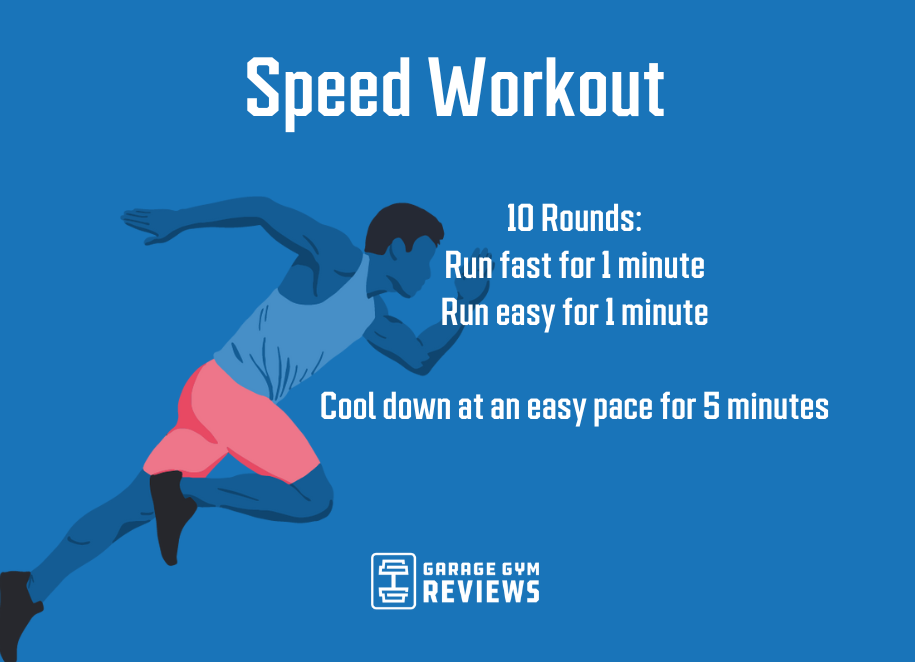Unleash Your Prospective: Running Strategy Fundamentals for Peak Performance
Unleash Your Prospective: Running Strategy Fundamentals for Peak Performance
Blog Article
Dealing With Typical Running Discomforts: Reasons, Solutions, and Avoidance
As runners, we commonly run into numerous pains that can hinder our performance and enjoyment of this physical activity. By discovering the origin factors for these operating discomforts, we can reveal targeted solutions and preventive measures to ensure a smoother and much more satisfying running experience.
Usual Running Discomfort: Shin Splints
Shin splints, a typical running pain, frequently result from overuse or improper shoes during physical activity. The repetitive stress on the shinbone and the cells connecting the muscle mass to the bone leads to swelling and discomfort.
To protect against shin splints, individuals ought to slowly boost the strength of their exercises, put on appropriate footwear with proper arch support, and maintain versatility and strength in the muscular tissues bordering the shin (running workout). In addition, incorporating low-impact tasks like swimming or cycling can help preserve cardio fitness while permitting the shins to heal.
Typical Running Discomfort: IT Band Syndrome
Along with shin splints, an additional widespread running pain that athletes often come across is IT Band Disorder, a condition triggered by inflammation of the iliotibial band that leaves the outer thigh and knee. IT Band Syndrome commonly shows up as discomfort outside of the knee, specifically throughout tasks like running or biking. The iliotibial band is a thick band of fascia that attaches the aware of the shin, and when it becomes inflamed or tight, it can scrub against the upper leg bone, leading to discomfort and pain.
Runners experiencing IT Band Disorder might discover a painful or hurting experience on the outer knee, which can worsen with ongoing activity. Variables such as overuse, muscle mass imbalances, improper running type, or inadequate workout can contribute to the growth of this condition.
Usual Running Pain: Plantar Fasciitis

Plantar Fasciitis can be credited to numerous factors such as overtraining, improper footwear, running on tough surfaces, or having high arcs or level feet. To avoid and relieve Plantar Fasciitis, runners can include extending exercises for the calf bones and plantar fascia, use helpful footwear, maintain a healthy and balanced weight to decrease look at this site strain on the feet, and gradually enhance running intensity to avoid sudden stress and anxiety on the plantar fascia. If signs persist, it is recommended to speak with a health care expert for proper diagnosis and therapy alternatives to deal with the condition effectively.
Usual Running Discomfort: Jogger's Knee
After attending to the obstacles of Plantar Fasciitis, an additional widespread concern that runners typically encounter is Jogger's Knee, an usual running pain that can hinder sports efficiency and create pain during physical activity. Runner's Knee, also understood as patellofemoral pain syndrome, manifests as discomfort around or behind the kneecap. Joggers experiencing this discomfort might really feel a dull, aching pain while running, going up or down stairways, or after prolonged durations of resting.
Common Running Discomfort: Achilles Tendonitis
Frequently afflicting runners, Achilles Tendonitis is a painful condition that affects the Achilles tendon, causing pain and potential limitations in physical task. The Achilles tendon is a thick band of tissue that connects the calf bone muscular tissues to the heel bone, crucial for activities like running, leaping, and strolling - imp source. Achilles Tendonitis typically develops because of overuse, incorrect footwear, inadequate stretching, or sudden boosts in exercise
Symptoms of Achilles Tendonitis include pain and rigidity along the tendon, particularly in the morning or after periods of lack of exercise, swelling that intensifies with task, and possibly bone spurs in persistent cases. To protect against Achilles Tendonitis, it is vital to extend correctly in the past and after running, wear suitable shoes with correct support, slowly increase the intensity of workout, and cross-train to reduce repeated anxiety on the ligament.
Conclusion

Report this page